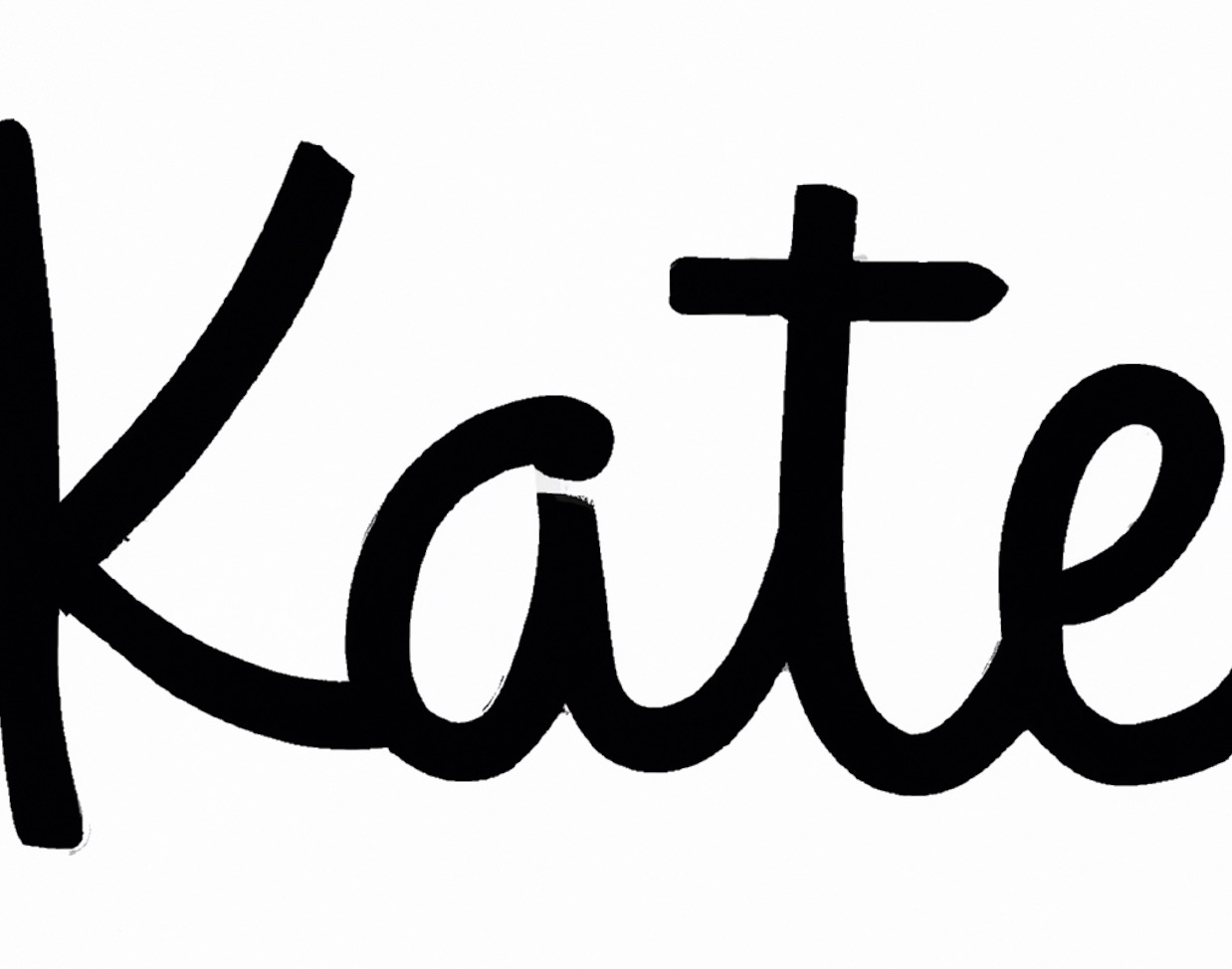Scalability in graphic design refers to the ability of a design to maintain its visual integrity when resized or changed. Scalable designs are important because they allow users to resize images, logos, and other elements without distorting the overall look and feel of the design.
In order to create a scalable design, designers need to ensure that certain aspects are taken into consideration. These include the size of the image, text elements, objects, and general layout. Designers must also be aware of how changes in resolution will affect their graphics.
When creating a scalable design, designers should consider using vector graphics rather than bitmap graphics. Vector graphics are scalable because they use mathematical equations to define objects within an image.
This makes them ideal for scaling because they can be easily resized without any loss of quality. Bitmap graphics, on the other hand, are composed of pixels which cannot be resized without losing sharpness or clarity.
Designers should also consider using grids as part of their workflow when creating scalable designs. Grids help designers keep track of various elements and make sure that each element is correctly aligned with its neighboring element when scaling up or down. Additionally, grids can provide an overall structure for a design and make it easier to keep everything organized during resizing processes.
Finally, designers must always consider how their designs will look on different devices and browsers when creating scalable designs. By ensuring compatibility across all platforms and browsers through thorough testing, designers can ensure that their designs remain consistent across all devices and platforms regardless of size or resolution changes.
Conclusion:
Scalability in graphic design is essential for creating visuals that retain their integrity regardless of size or resolution changes. To achieve this goal, designers must consider vector graphics instead of bitmap graphics; use grids to keep elements aligned; and test their designs on multiple devices and browsers before finalizing them.
9 Related Question Answers Found
When it comes to graphic design, scalability is one of the most important considerations. It refers to the ability of a design to be easily modified or adapted for different uses and sizes. For example, a logo or website that is designed for desktop usage may not be suitable for mobile devices.
Readability in graphic design is the ability to effectively communicate a message. It is not just about making a design visually appealing, but also about creating an effective communication that is easy to understand. Readability involves different elements such as typography, color, contrast, hierarchy and layout.
Readability in graphic design is an essential aspect of creating an effective and attractive design. Readability is the ability to quickly and easily comprehend the information presented in a design. It encompasses elements such as typography, hierarchy, colour, contrast, white space, font size and line length.
White space is an important component of graphic design, as it is often used to create a sense of balance, focus the viewer’s attention, and improve the visual appeal of a design. White space can be used to separate elements from each other, draw attention to the most important elements in a design, and create a sense of order. It can also be used to make text or images stand out or add visual interest.
White space, also known as negative space, is an important aspect of graphic design. It is the area between elements on a page or screen that is not filled with text or graphics. White space can give a design balance and focus, as well as provide breathing room for the eye to rest.
Graphic design is a creative process that combines art and technology to communicate ideas. The main purpose of graphic design is to express information visually, which can be used for advertising, publications, websites, and other forms of visual communication. Graphic design is an important tool in the modern world, as it helps to create a visual representation of ideas, product information, and messages.
Graphic design is a powerful communication tool that can create a strong impact on its audience. It helps to convey information in a visually appealing and memorable way, helping to reach out to viewers in an effective manner. Graphic design is used in a wide range of industries, from advertising and branding, to web design and product packaging.
Monospace in graphic design is a type of font which has characters that occupy the same amount of space across all characters. This means that each letter or character has the same width and is typically used for programming, terminal windows, and text editors. In graphic design, monospace fonts are used to create a uniform look and feel for a piece of artwork or website.
White space, also known as “negative space”, is an important element in graphic design. It’s used to create a sense of balance and harmony in a design, allowing important elements to stand out and draw the viewer’s attention. White space can also help create a visual hierarchy that makes it easier for the viewer to understand the layout and the message of the design.
